Envisioning what the news and information ecosystem looks like contributes to creating it.
Understanding a complex system is no easy task. Maps simplify reality to highlight useful distinctions. They give form to an abstract idea, like a news and information ecosystem. Just as nature’s ecosystem is a community of living organisms — plants, animals and microbes — interacting with nonliving components in their environment — air, water and soil, a news and information ecosystem consists of the interactions among its organisms — journalists, the public, journalism educators, media reformers, and others — in their environment — organizations, associations, the Internet, mobile devices.
Whether natural systems or social systems, mapping makes visible nonlinear, complex relationships. Think of the many maps of the human body from science class: circulatory system, nervous system, muscular system and others. Communication becomes easier because of a common framework. Consider the breakthroughs attributed to mapping the human genome. Health care providers have an increased capacity to treat, prevent and cure disease. New technologies for sharing information and working with it are also among the benefits.
Imagine a comparable set of maps of the news and information ecosystem. They could help us to pursue questions like:
- Where are innovations happening?
- Where are opportunities for new ideas?
- Who’s funding what aspects of the system? And what needs funding?
- What’s missing? What else needs to be visible on the map?
Different kinds of maps help us understand different aspects of a system. They can be used for understanding what to measure. As noted in the Knight Commission report on the news and information needs of communities, “If activists, policymakers, and the general public had more concrete ways of describing, measuring and comparing the systems of community news and information flow, it would be much easier to mobilize public interest around community information needs.”
One news executive experienced the practical benefits of mapping when he saw a network map (one segment below) created for the 2010 JTM Pacific Northwest conference. He noticed the competition near the center. His organization was off to the side. A colleague explained antiquated technology caused the problem. Shortly after the conference, that technology changed.
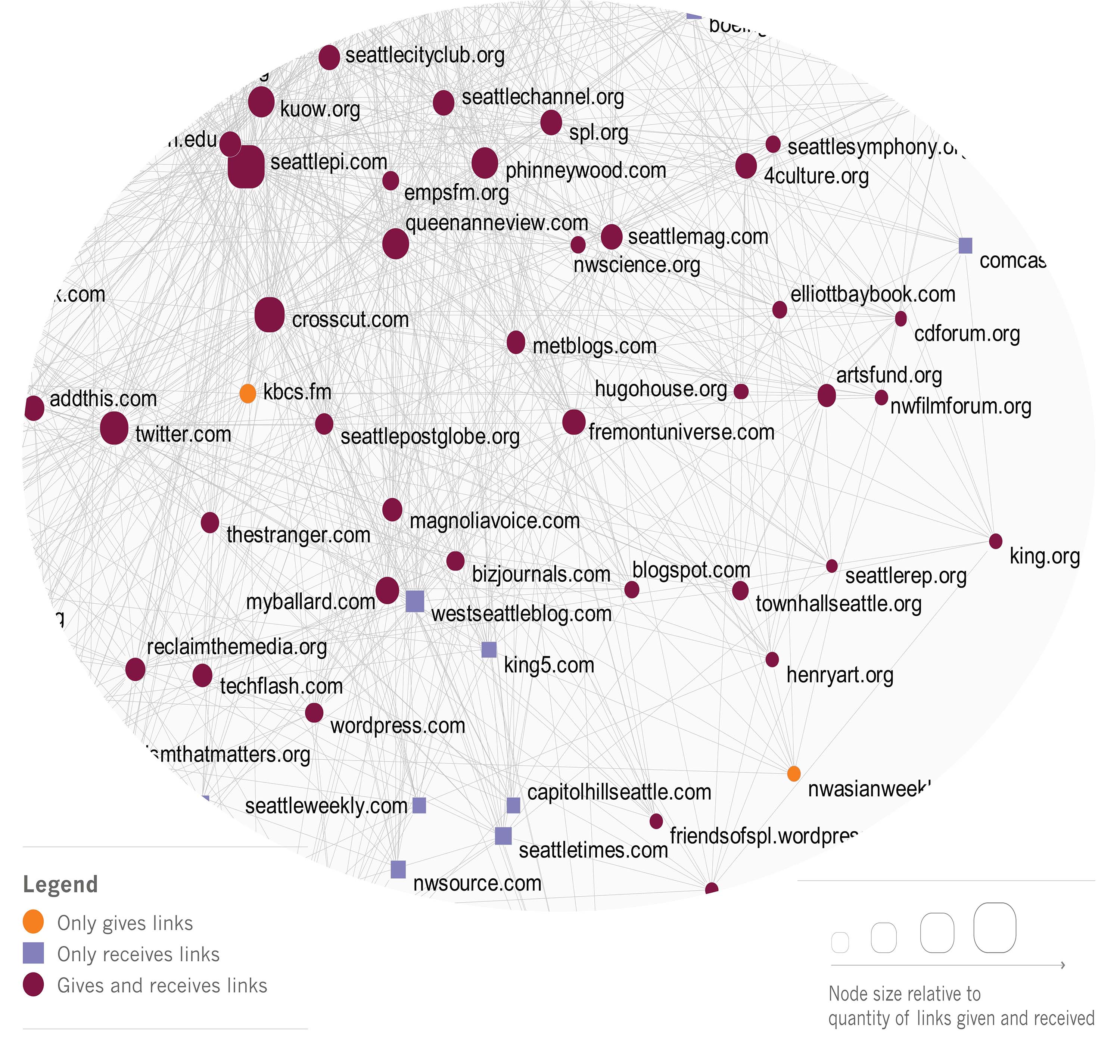
Thanks to Richard Rogers, director of Govcom.org Foundation, Amsterdam for creating the map.
Dr. Michelle Ferrier, Associate Dean for Innovation at Ohio University’s Scripps College of Communication (and JTM board member), is creating geographic maps of media deserts. By mapping places where fresh news and information is lacking, these maps identify where resources are most needed. Her proof of concept used North Carolina. One of the series is pictured here.
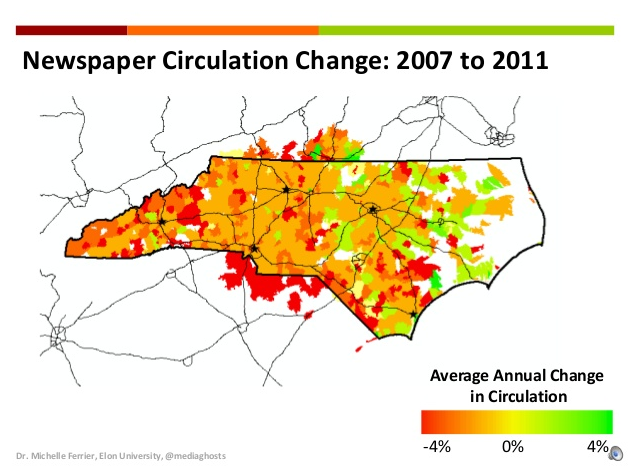
In 2008, JTM created its much copied value network maps of the old and emerging news and information ecosystems. (Visit the link for the emerging ecosystem map.)

Value Network Maps are a terrific approach for understanding the interactions of a complex system. They help identify opportunities for partnerships, innovation, development, and much more.
Much has happened since that 2008 map making session. Were we to map what’s emerging today by focusing on possibility, engagement, and diversity, we could chart pioneering territory, making visible opportunities for further advances and wider adoption.
As a start, I offer a simple functional map of a news and information ecosystem, along with a preliminary list of agents. Far from complete, it gives a glimpse into what is emerging.

Roles in a News and Information Ecosystem
Content Creators/Storytellers
Publishers/distributors
Sense-Makers/Discerners
Users/Communities
|
Archivers
Researchers/Evaluators
Influencers
Funders
Educators
|
You can help make it better. What roles, functions, and connections do you see in the ecosystem? The clearer the picture of what we want to create, the greater our ability to realize it.
I end my series on journalism in changing times with a challenge. We are in a pioneering era in which the mental maps that guide us are being redrawn. Not just in journalism, but also in education, health care, governance, and every social system. No matter where you are, learn to navigate uncertainty. Look for possibilities, engage others, and welcome the creative potential diversity brings. Tell your stories, map new terrain. Make a difference wherever you are.
***********
Got something to contribute?
- Post on the JTM Facebook page
- Join the JTM Google Group
- Comment on this post (below)
- Email me
Unless you explicitly request otherwise, I will post comments received from all media in the comment space below.
=======
Read the other posts in this series:
- What do we need from Journalism?
- An Expanded purpose for Journalism
- Journalism for Navigating Uncertainty
- The Changing News & Information Ecosystem: What can you do?
- Mapping the News and Information Ecosystem (this post)
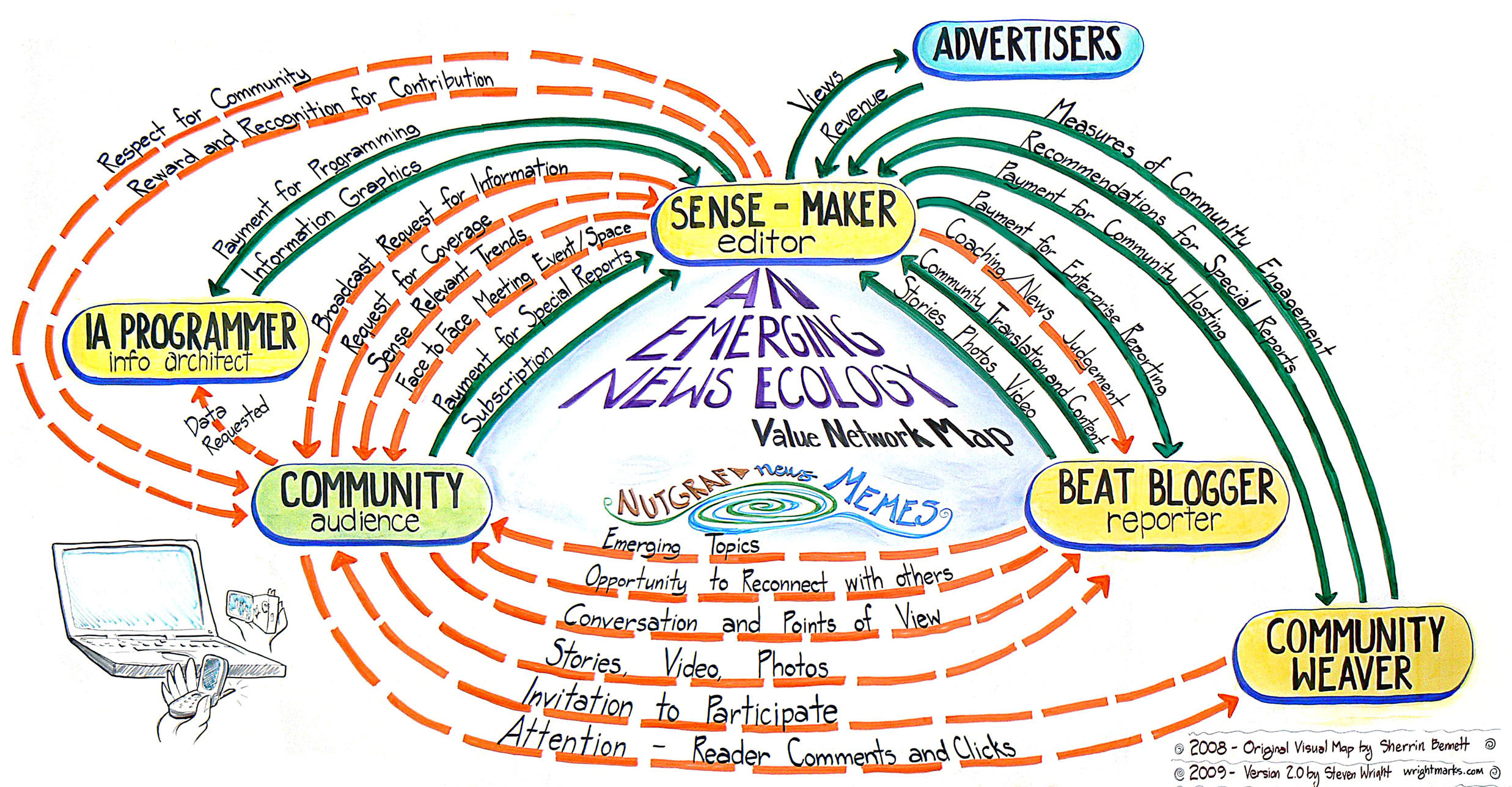
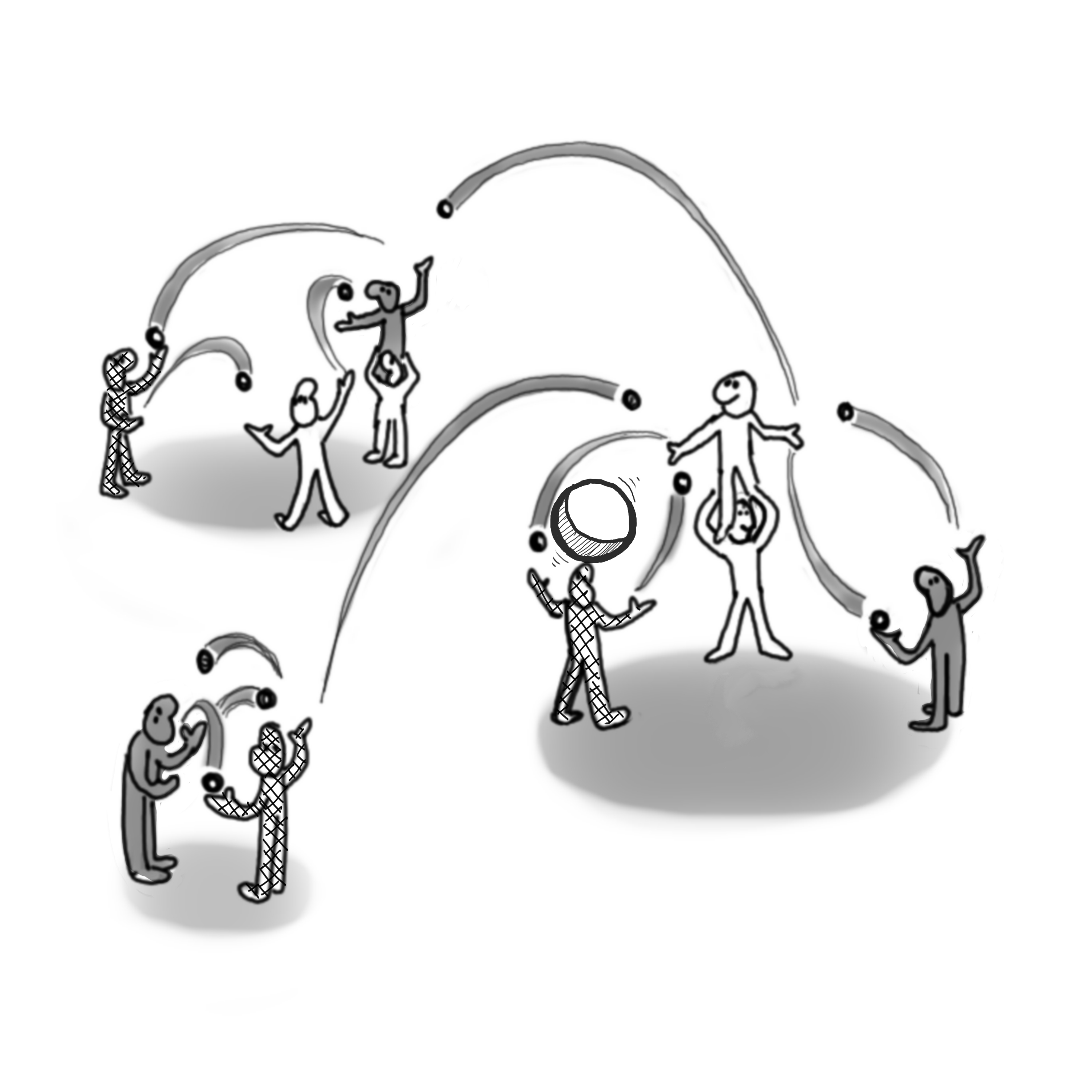
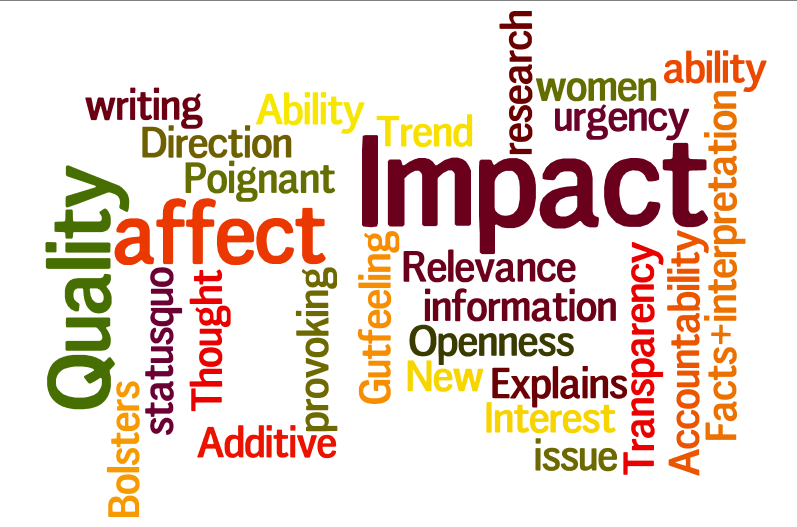
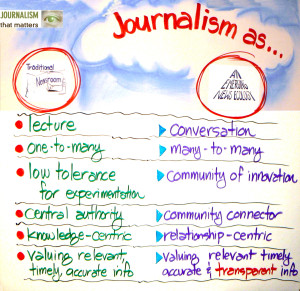 In 1775, the American Revolution launched an experiment in engagement called “democracy”. That sparked a critical need for an informed public and ignited a mass literacy movement.
In 1775, the American Revolution launched an experiment in engagement called “democracy”. That sparked a critical need for an informed public and ignited a mass literacy movement. Personal storytelling. Schools, libraries, and even journalism organizations are teaching skills to the public to help them discern quality, reliable content and to support people in creating their own stories. For example, through the “
Personal storytelling. Schools, libraries, and even journalism organizations are teaching skills to the public to help them discern quality, reliable content and to support people in creating their own stories. For example, through the “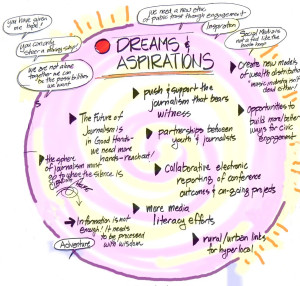 Possibility-oriented stories generate new options. Research on the relationship between
Possibility-oriented stories generate new options. Research on the relationship between